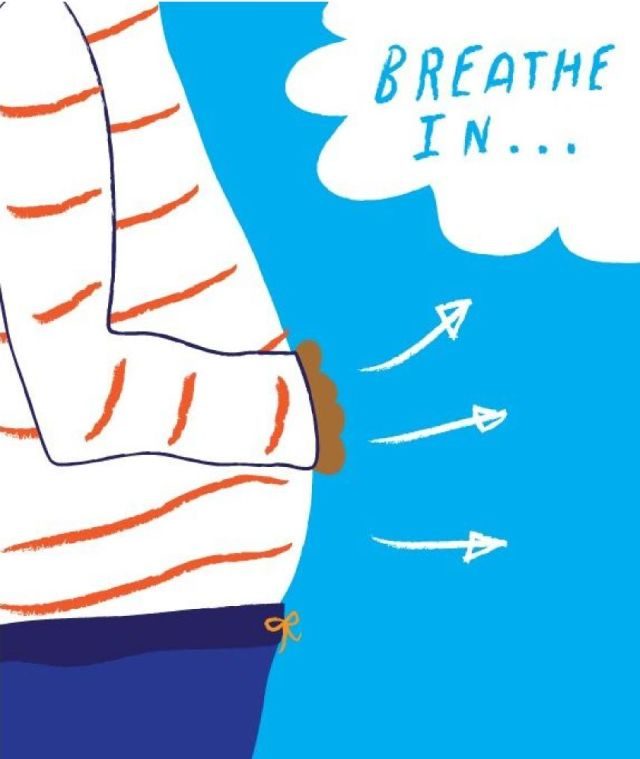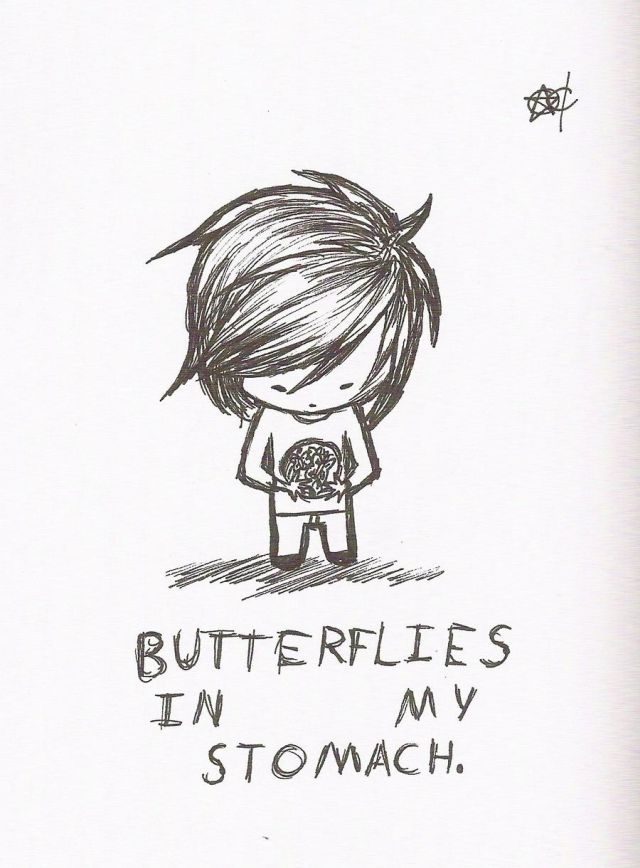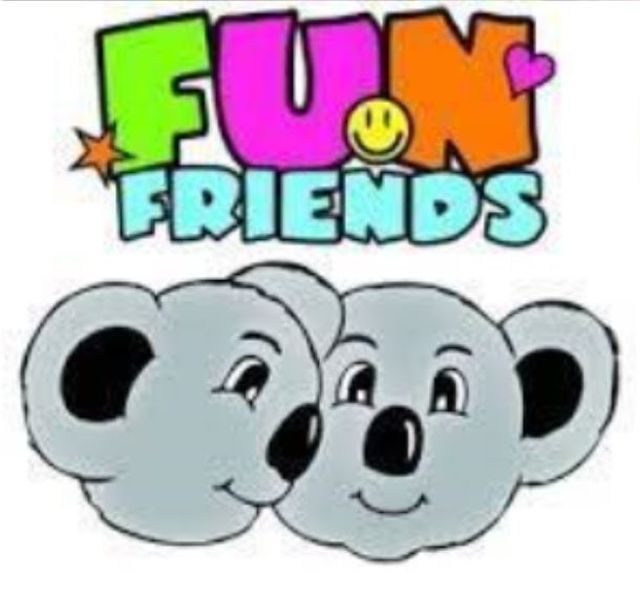- It’s ok to have feelings
- Everyone has feelings
- I can recognise feelings in myself and others.
- I can ask for help with my feelings.
- Hitting, kicking or breaking things is not ok, no matter how we feel. Keep encouraging your child to identify feelings in themselves and to do things that make themselves feel better when they are experiencing unpleasant feelings.
Relax
It’s not easy to relax and there are many different ways people choose to relax. Yoga, reading, singing, exercise, meditating, listening to music and much more. In the world today it is important that we help our children develop this skill of RELAXING as the world around them becomes busier with more challenges. When we help our children and ourselves to develop this skill of RELAXING will in turn help with resilience, self control, good mental health and well being. How many times have you heard an adult say “I don’t have time to relax” but we need to make time and show children how to nurture this positive life skill.
BREATHING
 Milkshake breathing is a term we use a lot with the children in Glenwood and it is one of the tools used in the Fun Friends program. In your family fun bags you should have a straw. Use the straw without any water and get them to practise breathing in through their nose and out through the straw big, long slow breaths. Tell them this will help them to blow out their worries so they can begin to feel more relaxed. After a few practises put the straw into a glass of water to practise their milkshake breathing. Try to emphasize how important it is to do this very slowly and gently. The slower we breathe the better. Slow breathing calms us down!
Milkshake breathing is a term we use a lot with the children in Glenwood and it is one of the tools used in the Fun Friends program. In your family fun bags you should have a straw. Use the straw without any water and get them to practise breathing in through their nose and out through the straw big, long slow breaths. Tell them this will help them to blow out their worries so they can begin to feel more relaxed. After a few practises put the straw into a glass of water to practise their milkshake breathing. Try to emphasize how important it is to do this very slowly and gently. The slower we breathe the better. Slow breathing calms us down!
 Belly breathing Find a warm quiet place and lay down. Encourage your child to close their eyes. Ask them to lay one hand on their tummy and start to breathe in through the nose and out through the mouth. As they breathe in ask them if they can feel their tummy moving up and when they breathe out feel their tummy going down. Tell them that this will help them to blow out their worries so they can begin to feel more relaxed. Again try to emphasise how important it is to do this very slowly and gently. Slow breathing calms us down! Do this for 10 minutes everyday or week. Whatever suits your family life.
Belly breathing Find a warm quiet place and lay down. Encourage your child to close their eyes. Ask them to lay one hand on their tummy and start to breathe in through the nose and out through the mouth. As they breathe in ask them if they can feel their tummy moving up and when they breathe out feel their tummy going down. Tell them that this will help them to blow out their worries so they can begin to feel more relaxed. Again try to emphasise how important it is to do this very slowly and gently. Slow breathing calms us down! Do this for 10 minutes everyday or week. Whatever suits your family life.
The more often either one of these strategies is practised the more natural it will become for them to use in a challenging situation. By saying “I can see and hear you are feeling angry, could we try and do some Milkshake breathing?” you are acknowledging their feelings (that they are allowed to have) and also offering a positive way to release them.
 When you’re feeling confident that your child is aware of their breathing and has mastered the skill, music could be introduced and essential oils like lavender. Perhaps as time progresses and the child gets older sessions could last 15mins and even allow them the space to do it themselves in a safe environment.
When you’re feeling confident that your child is aware of their breathing and has mastered the skill, music could be introduced and essential oils like lavender. Perhaps as time progresses and the child gets older sessions could last 15mins and even allow them the space to do it themselves in a safe environment.
These suggested strategies can be done in pairs or as a family. Only you know how your family works best. In Glenwood these sessions are done in small groups with key workers scaffolding learning.
Understanding Body Clues Help children identify “Body Clues” with the “Body Clue Match Game”. Draw around your child to create a body shape. It doesn’t matter what it looks like as long as your child can identify a head and arms and legs. Using the body shape with body clues (ie butterflies in tummy, jumpy heart bear, stamping giant head) talk about the body signs and how this person might be feeling. 
Next, have your child pick out what emotion they want to talk about first. Remember, “good” or “bad” aren’t emotions – there’s no such thing as a good feeling or a bad feeling! Some feelings might be comfortable and some might be uncomfortable, but every emotion is helpful to recognize. Explain that body signs don’t mean you are sick – these signs are telling us it’s time to relax, drink some water and have some quiet time. Your body is your friend – it gives you clues and signs that it is time to take a deep breath and have a rest. It’s important to listen to our bodies.
Talk about what their body tells them when they feel tired or worried or upset or angry or happy or brave. e.g sore tummy, sore head, red cheeks, need the toilet, warm inside and sweaty hands. Let children know that other children and adults also feel these signs in their bodies.
Further Links:
Breathing exercise – 2 Minute YouTube Video
Further relaxation activities – ERC Healthier Minds
Music for relaxation – CBeebies Calming Sounds
Yoga – Mrs Russell’s yoga video


